It doesn’t matter if your home is small. Proper application of space planning techniques can still create a spacious home.
Space can be maximized both visually and functionally. In this article, we’ll look at ways to maximize both.
Ten ways to increase space
1. Use transparent/translucent material
When sectioning your home, consider using glass walls. See-through material such as glass visually enlarges your home, even though the actual amount of space remains the same.
If privacy is a concern, consider using smart glass. It allows you to toggle between transparent and opaque states.
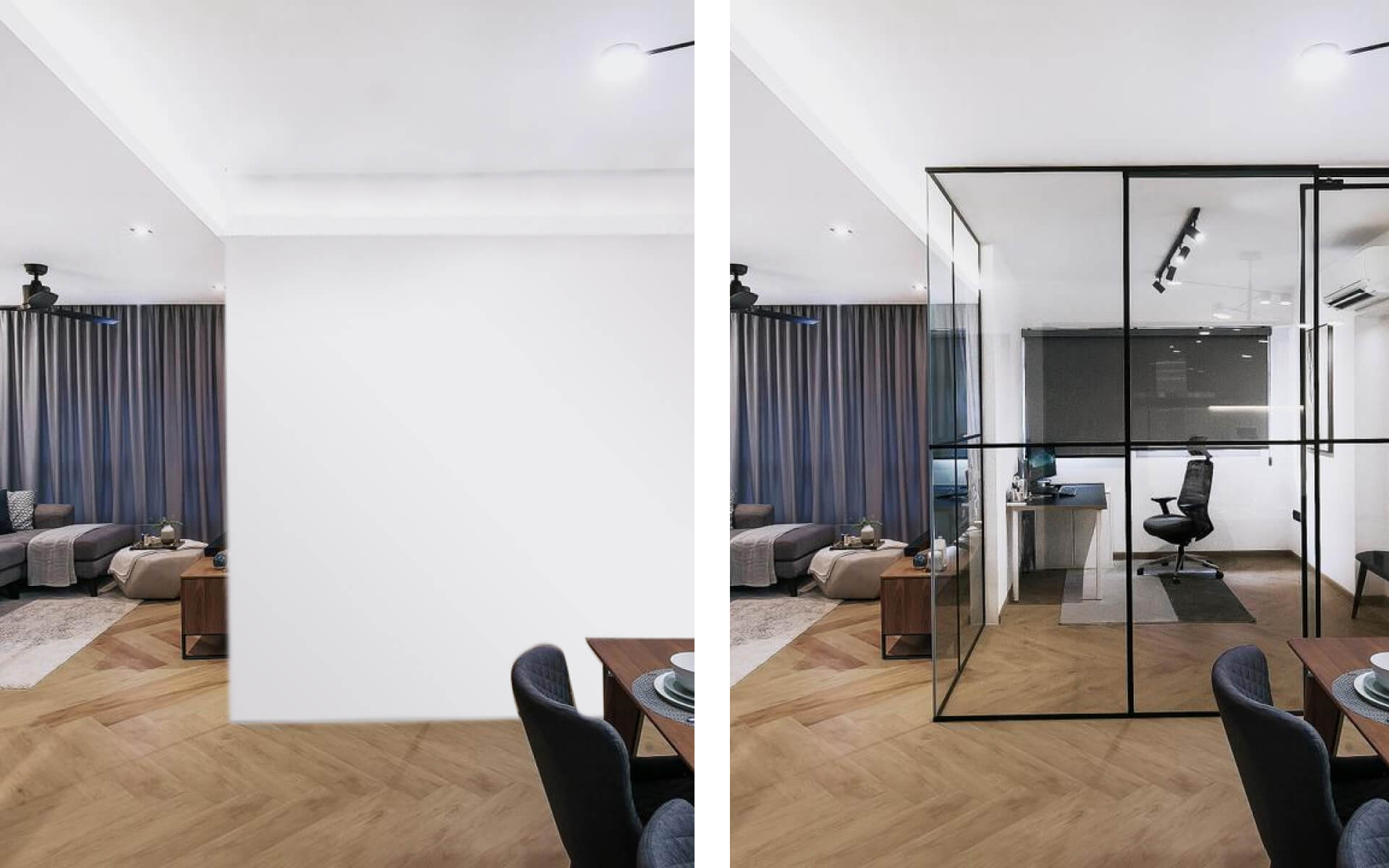
2. Adopt minimalistic styles
Consider revamping your home with minimalistic styles like Scandinavian or Industrial.
Minimalistic styles, with their clean-cut, sleek designs, help make homes look spacious.
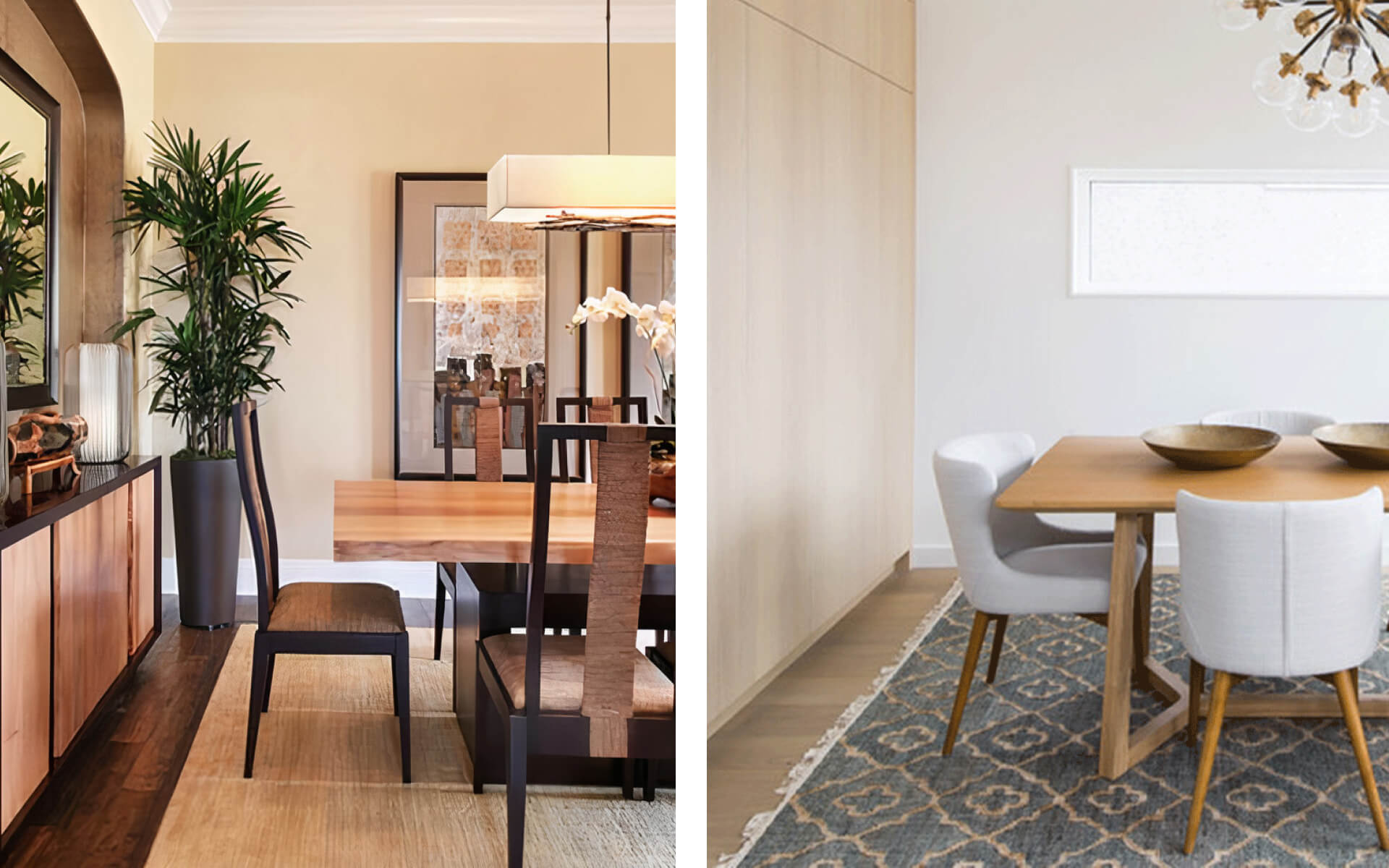
3. Hang up large mirrors
Mirrors are great for making small spaces look big. A mirror’s reflection tricks your eye into perceiving more space than there actually is.
For example, a hallway reflected off a mirror makes the hallway look twice as long.
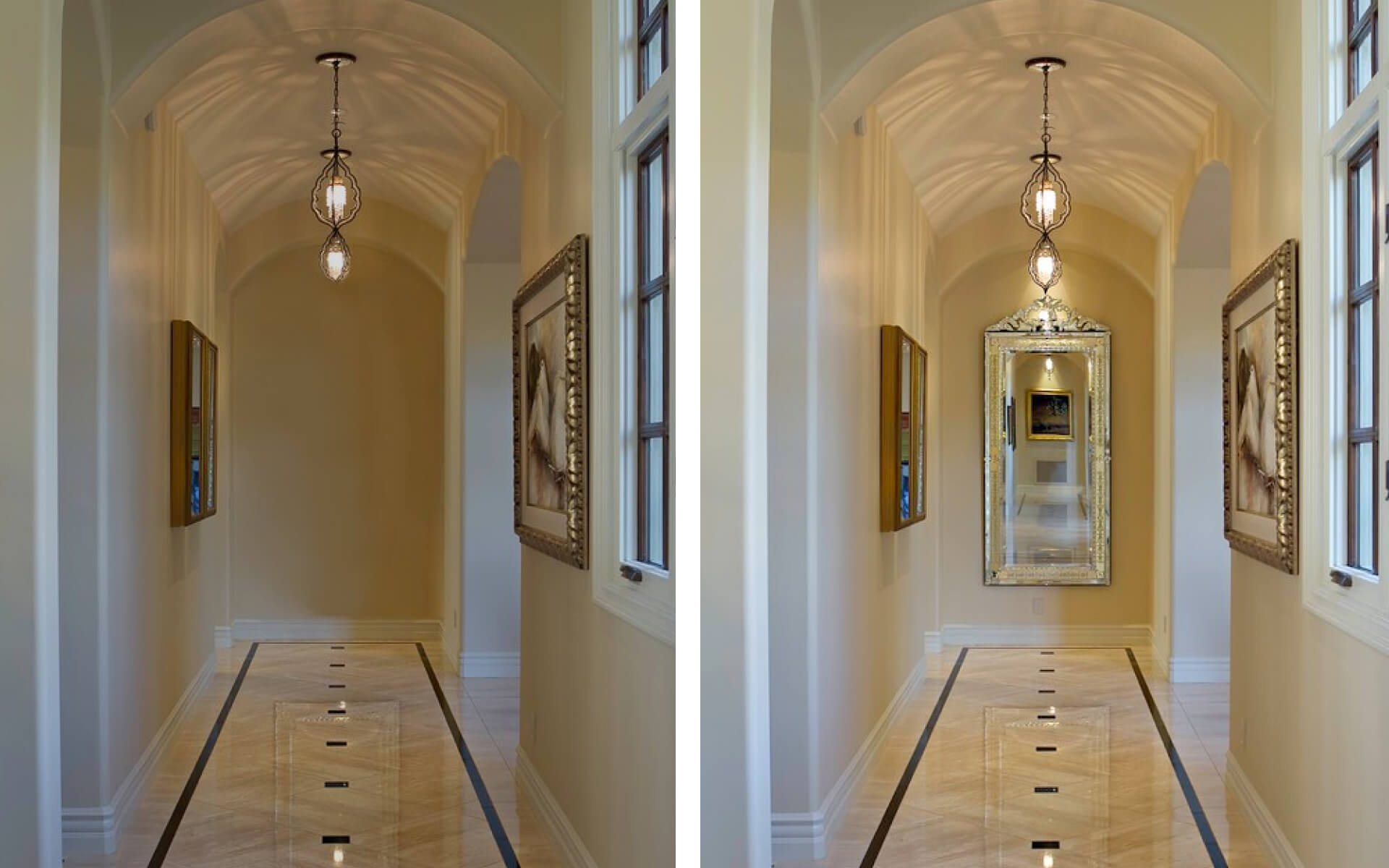
4. Expand vertical lines
Vertical lines can make your room look taller.
The long lines of floor-to-ceiling curtains, for example, help make a wall appear taller.
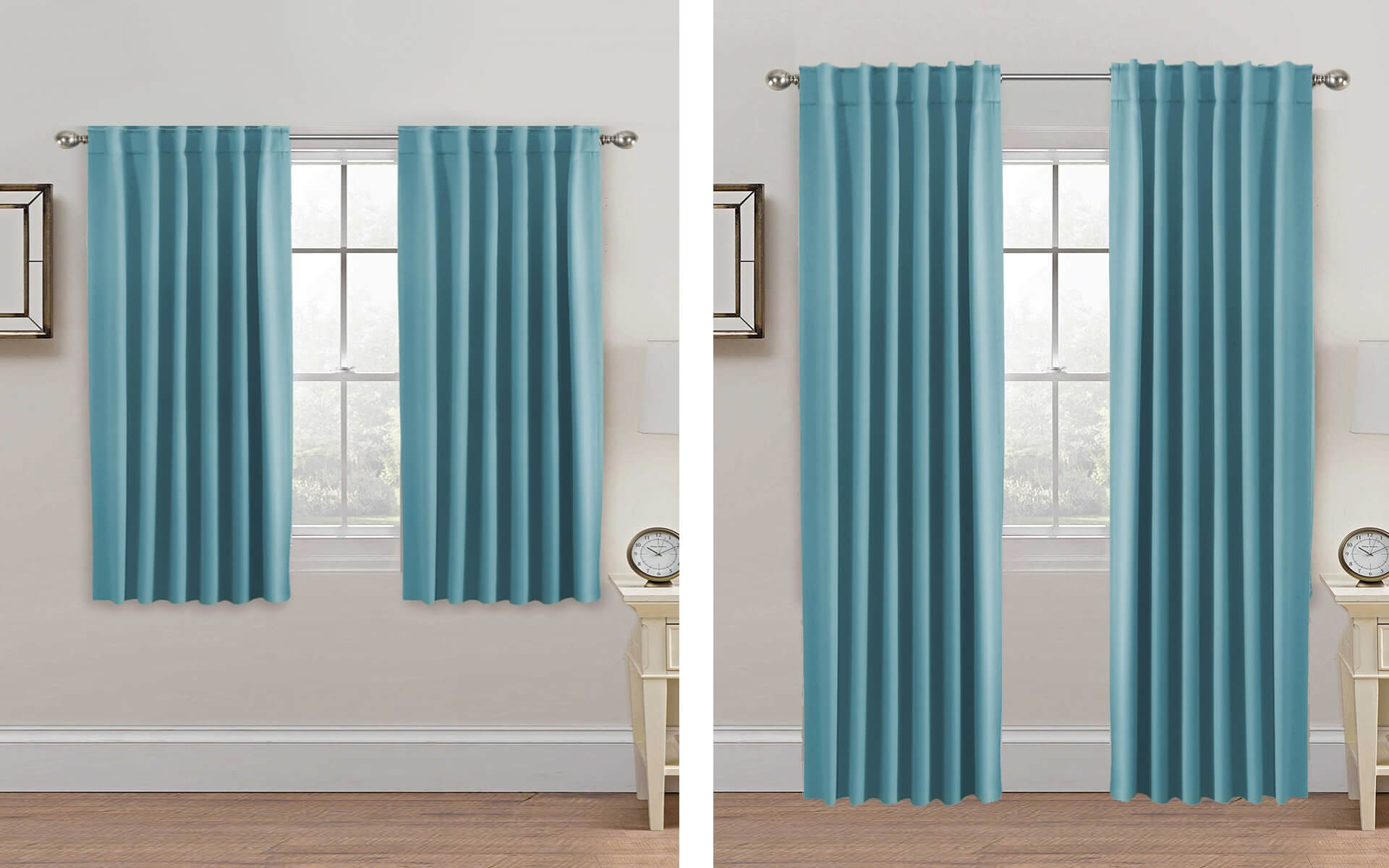
5. Choose light colors
Colors can dramatically change a room’s atmosphere. Lighter colors tend to make a space feel more airy.
To create the effect of lightness and airiness, use soft hues such as pastel or wood tones in your rooms.
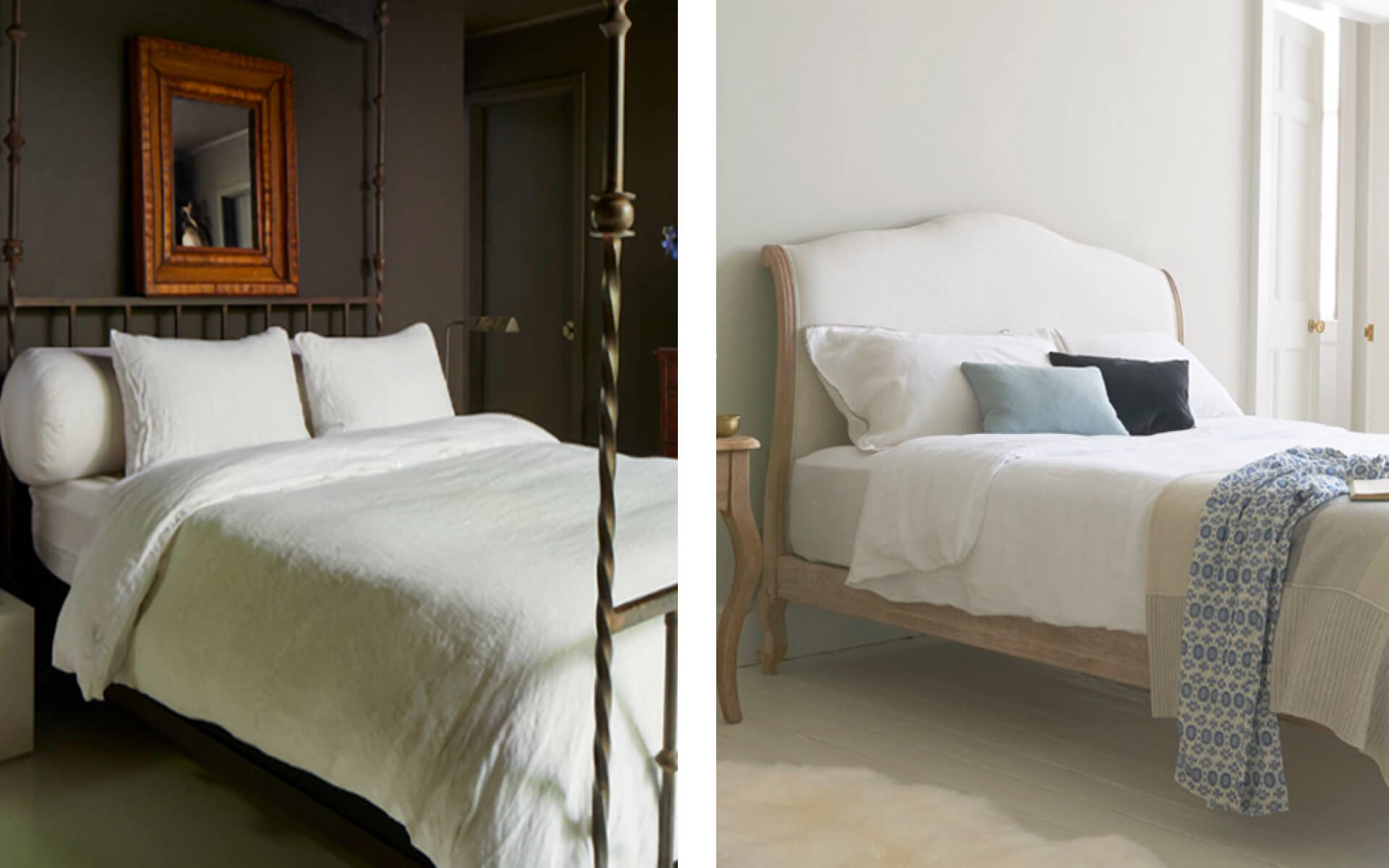
6. Increase lighting
Additional lighting can give your home greater visual impact and depth. You can choose to increase natural lighting, artificial lighting, or both.
For example, a few notable artificial lighting options are:
- Track lights
- Cove lights
- Under-cabinet lights
Crucially, these lights should draw the attention of your eyes, giving you an enlarged perception of the space.
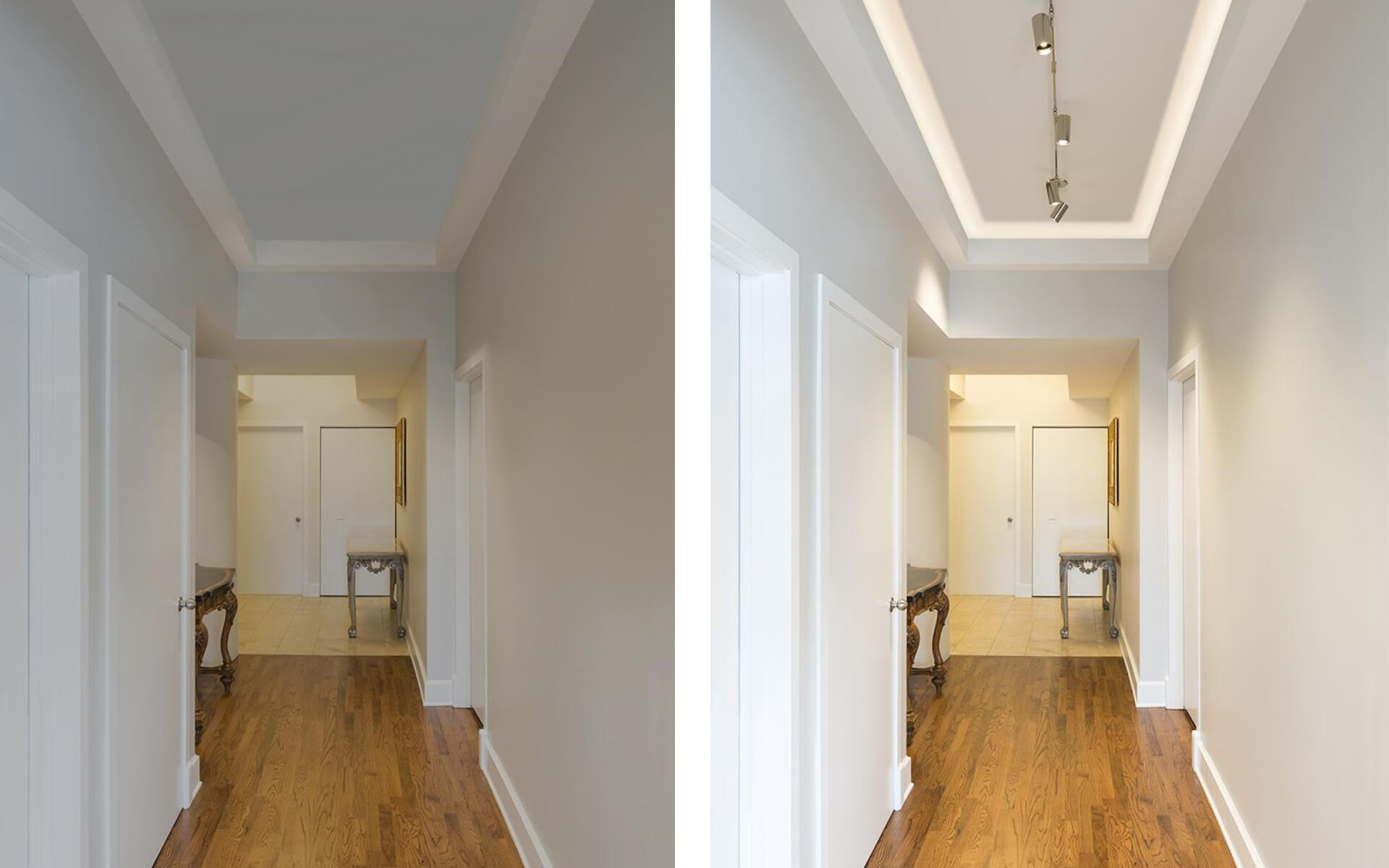
7. Rearrange your furniture
Furniture arrangement determines the layout of a room; it’s the difference between a cramped and open space.
Two living rooms with similar furniture can be drastically different based on layout alone.
Here’s a tip: Try moving bulky furniture closer to walls for less obstruction.
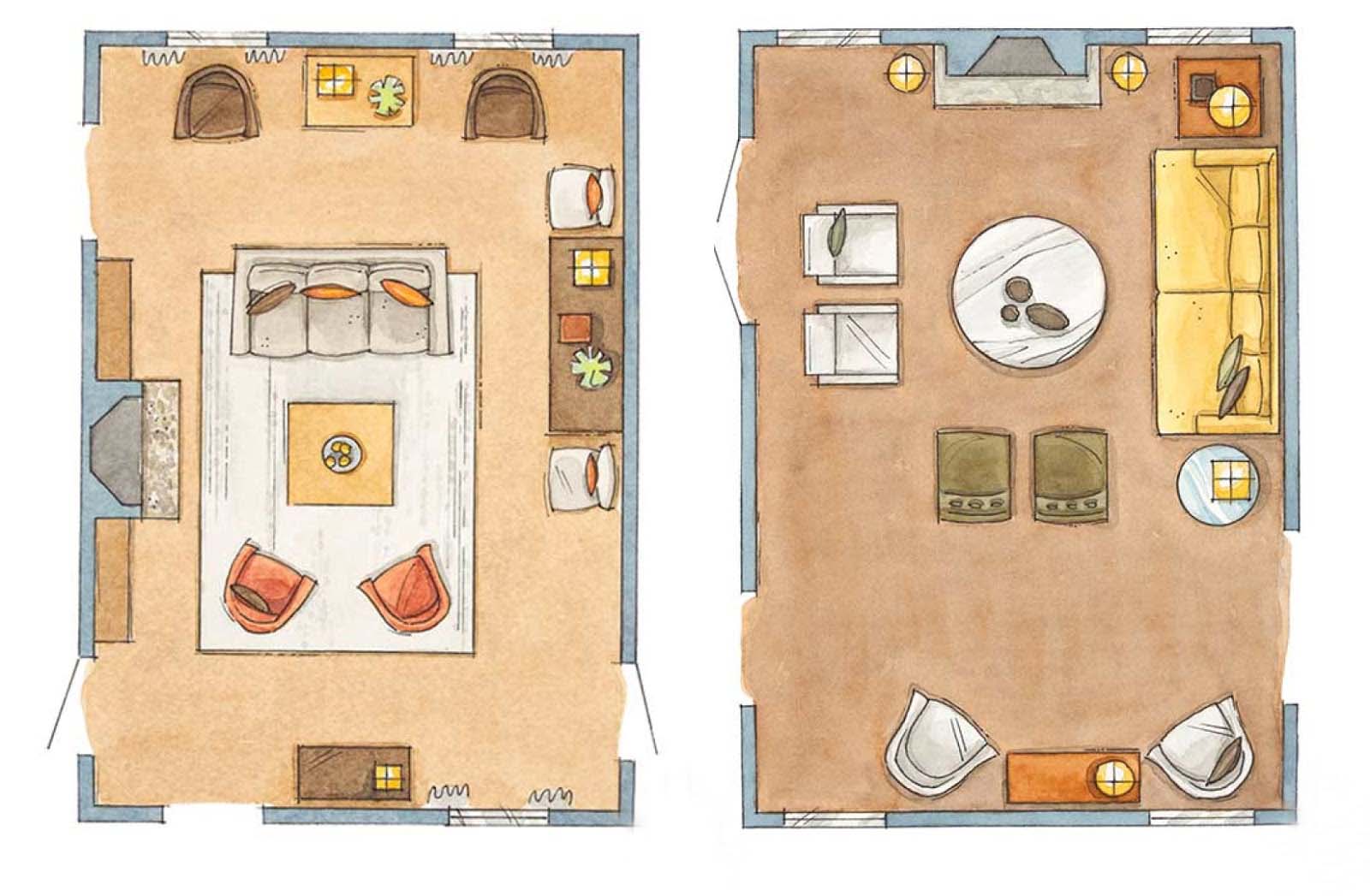
8. Take advantage of vertical space
Wall-mounting things that take up space on flat surfaces is a great way to save space.
For example, switching from desk lamps to wall-mounted lights frees up desk space for work use.
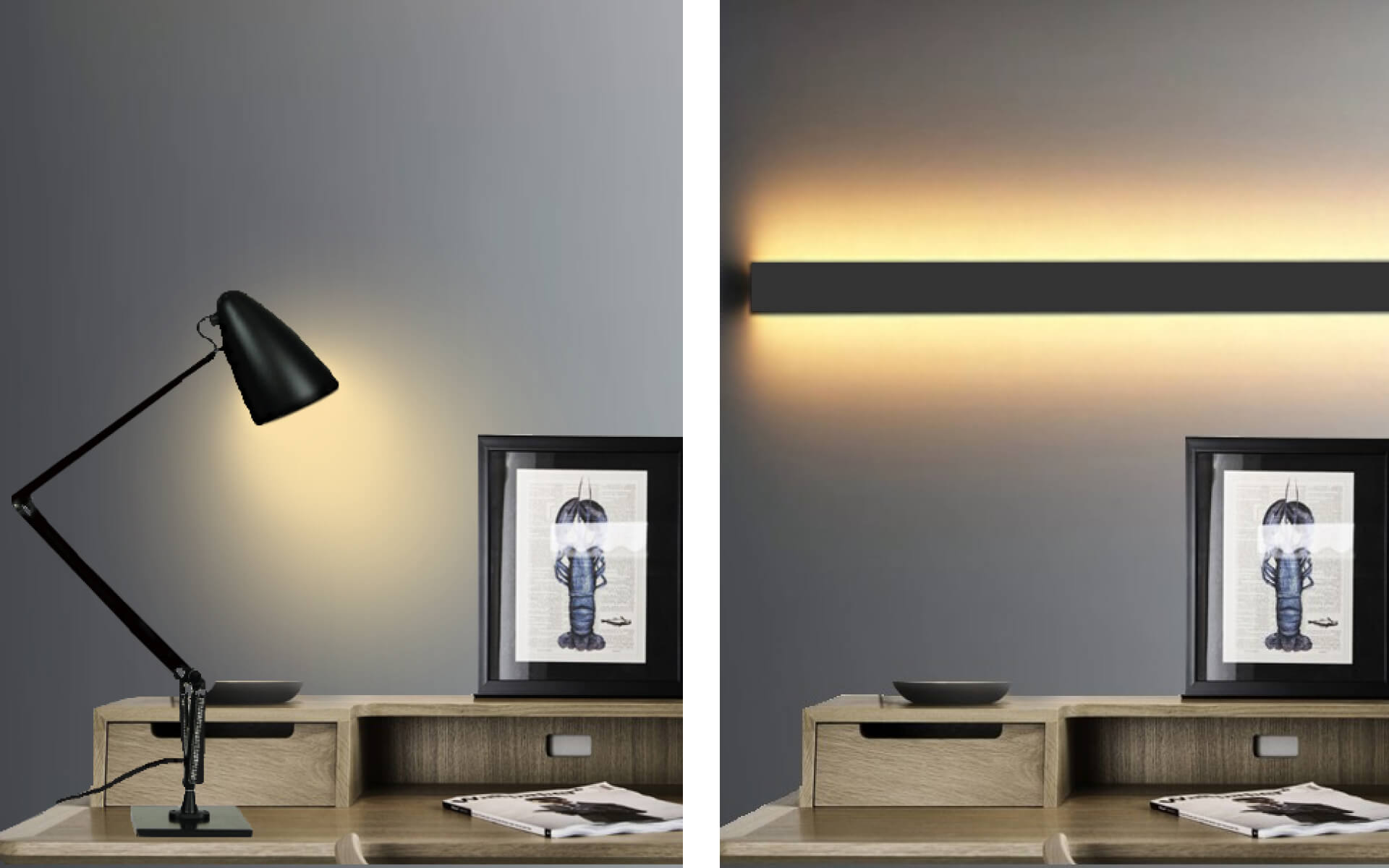
Loft beds are another example.
With a loft bed, you’ll have extra floor space to place other objects. You may even turn the floor space under the loft bed into a walk-in closet or study area.
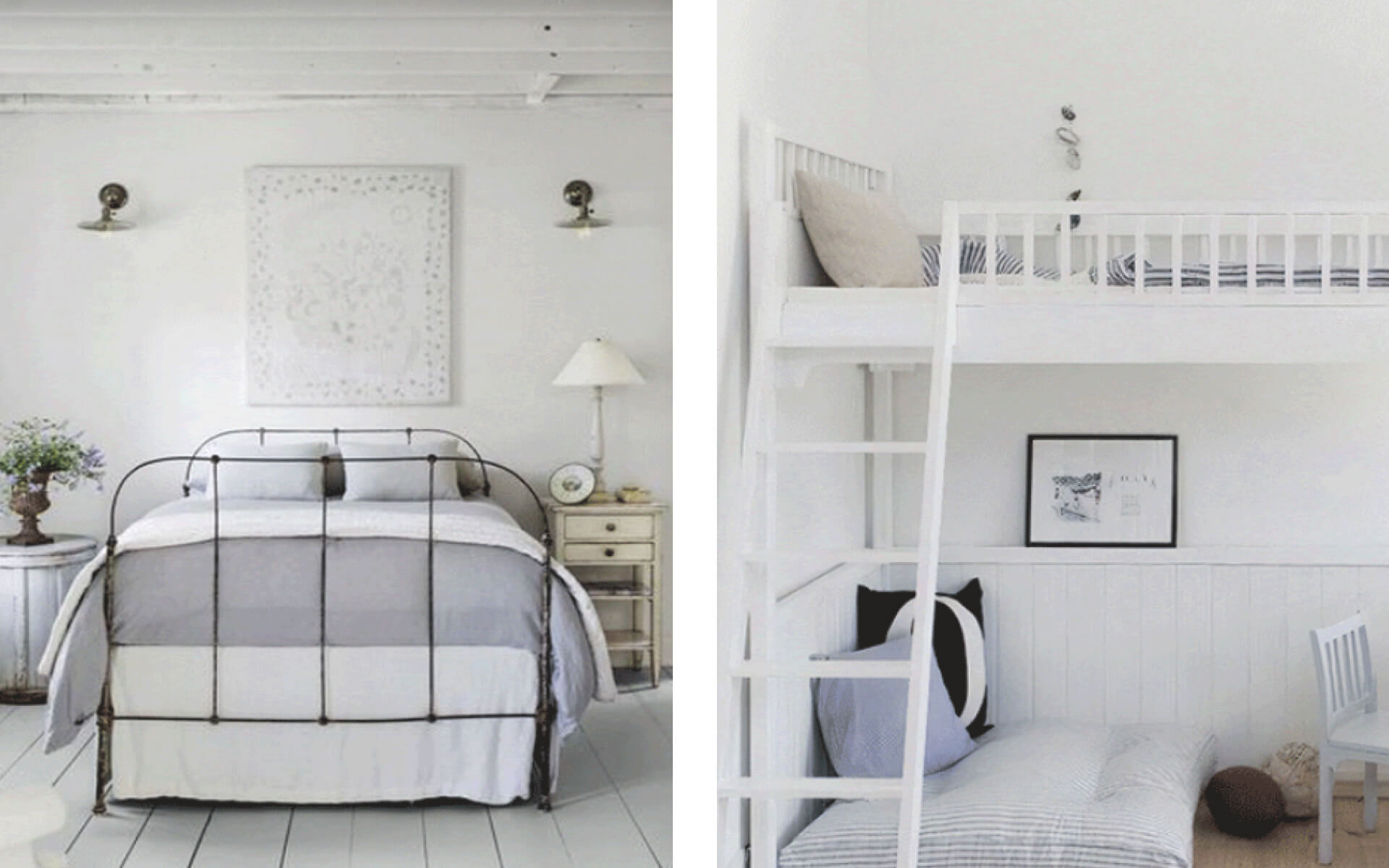
9. Use collapsible/modular furniture
Collapsible furniture, when not used, frees us space for other uses. Foldable beds are a fantastic example.
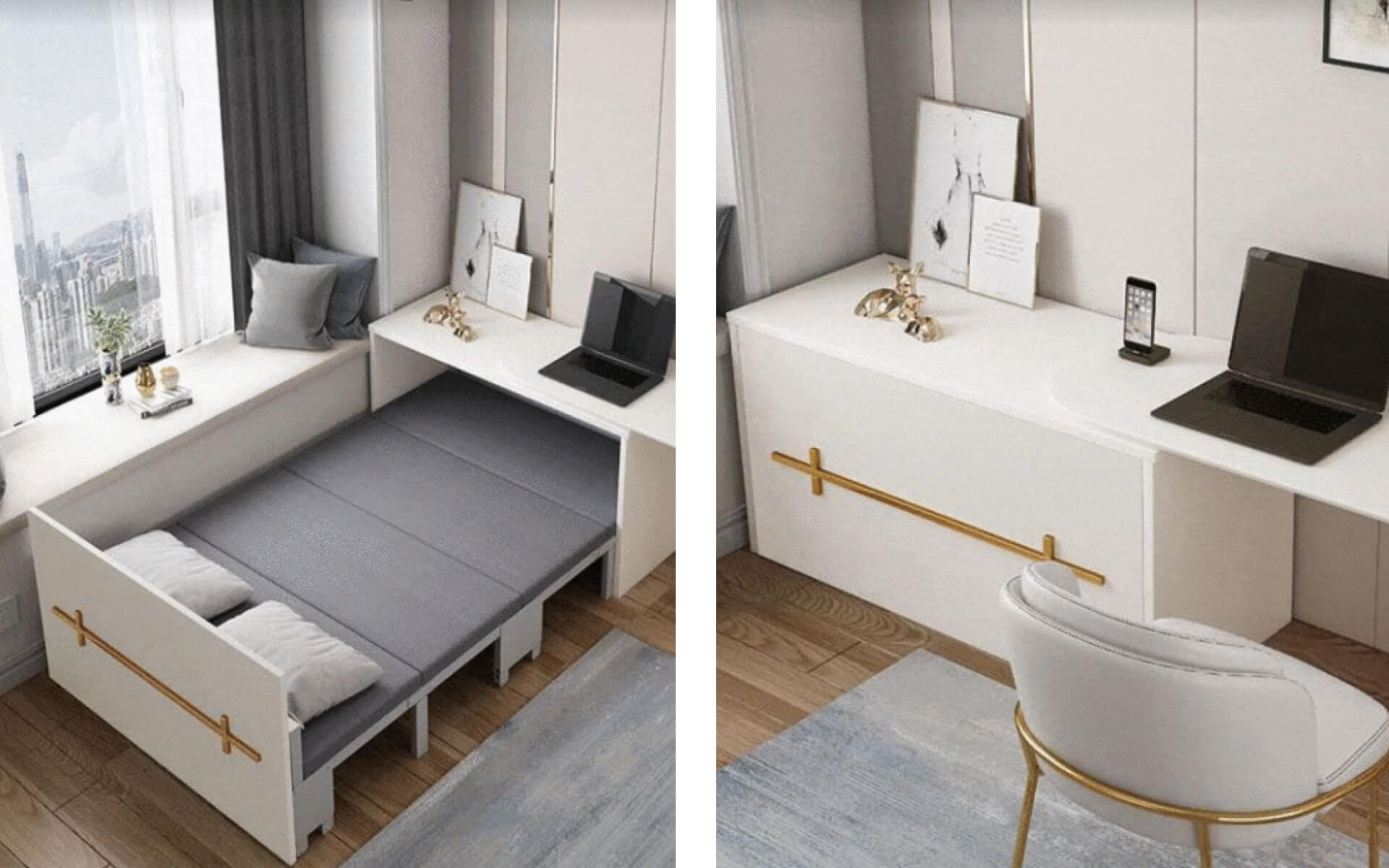
Modular furniture can also help you save room. The dining table with nested chairs in the image below, for example, can be tucked away neatly in a jigsaw-like manner.
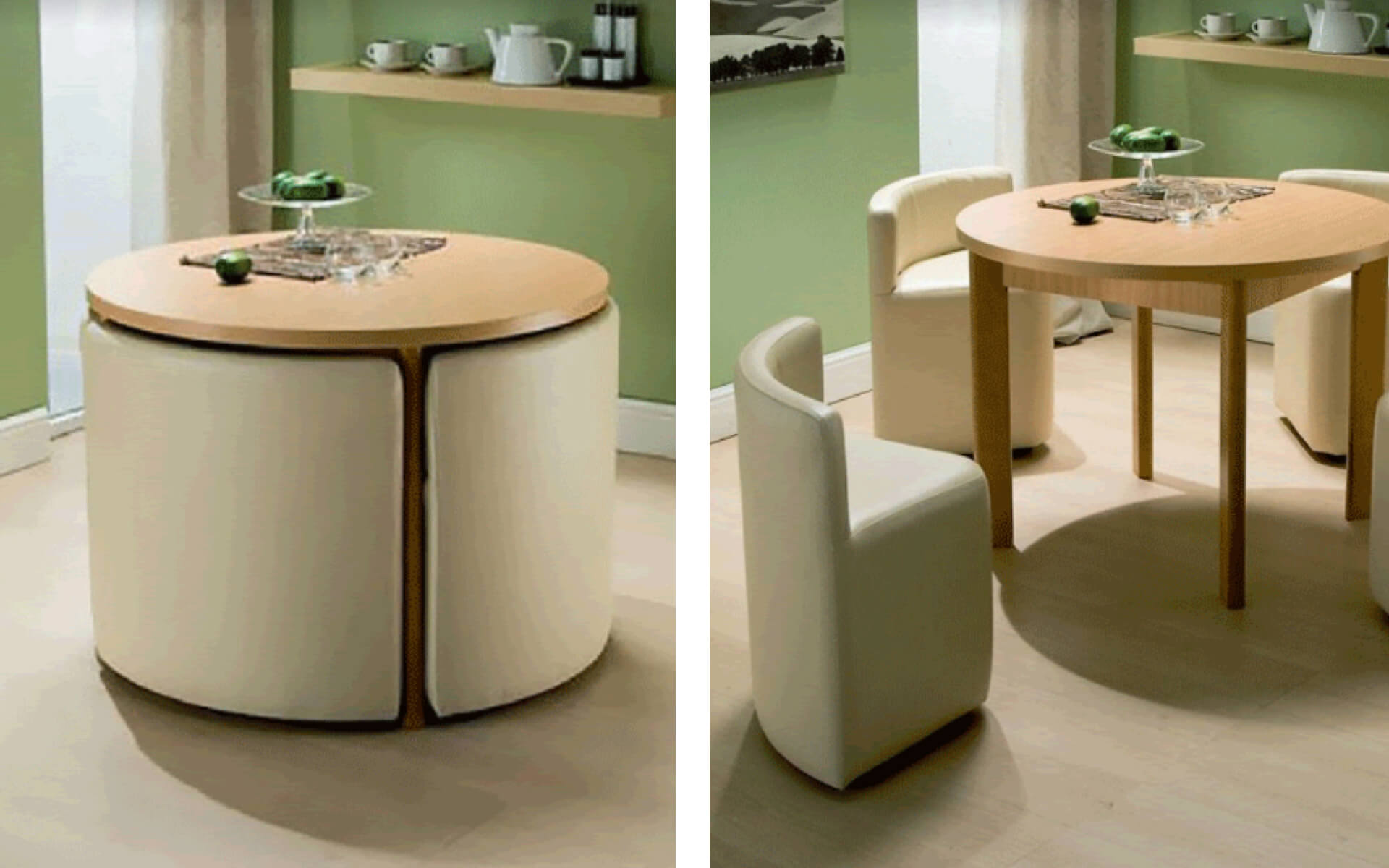
10. Use multi-functional furniture
Furniture with multiple functions takes up less room while providing more functionality.
Take this example of a 3-in-1 mirror. Its primary function is a mirror; it’s also a bookshelf and a mini wardrobe.
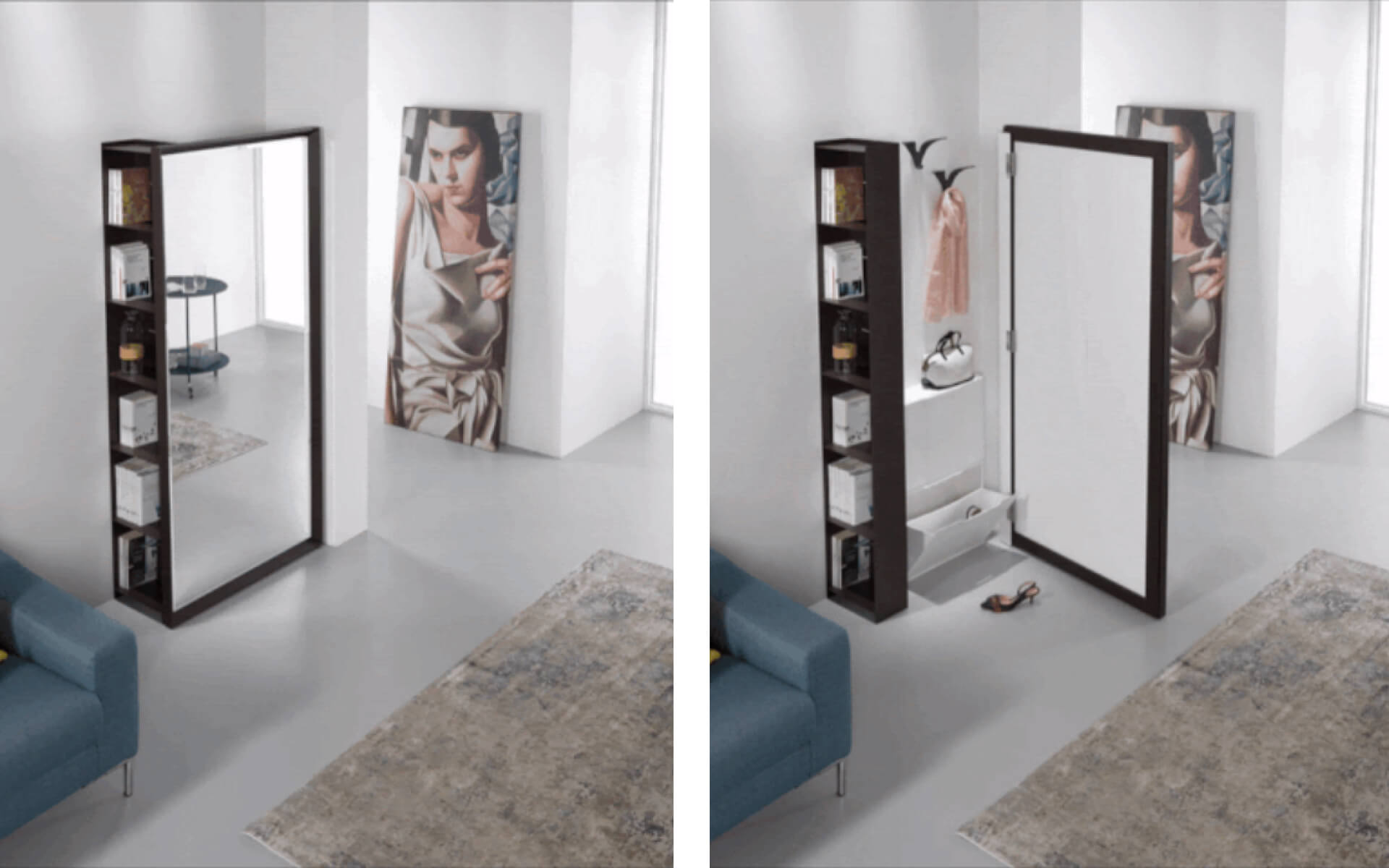
Summary
The tips in this guide will help you along your space planning journey. But don’t stop exploring; there are many other creative ways to increase space in your home.
If you have some of your own space-saving tips to share, or wish to bounce off ideas with us, feel free to contact us us, we’d love to chat.


